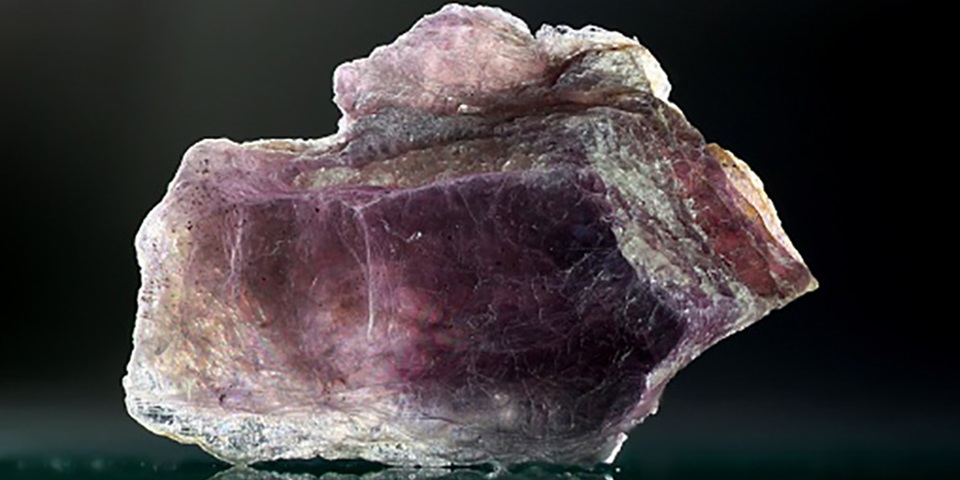News
WA set to become ‘lithium valley’

Western Australia could produce enough lithium batteries within the next decade to power cars across China, Europe and the USA, if the political will exists turn the State into ‘Lithium Valley’.
Murdoch’ University’s dean of Engineering and Information Technology Professor Bogdan Dlugogorski says the formation of the State Government’s lithium taskforce - along with a meeting between Premier Mark McGowan and battery-maker Tesla - shows there was a promising level of political will to put lithium at the forefront of WA’s mining industry.“The scale of changes under way in lithium industry in WA and around the world boggle the mind,” Professor Dlugogorski said. “By the end of this year, Western Australia will supply half of the world’s demand for lithium, after overtaking Chile in 2017.
“The State has world class deposits of lithium hard rocks, known as pegmatites, due to the size of crystal grains in the rocks.
“We have every single chemical required to manufacture lithium batteries here in Western Australia.”
Just three years ago, there was only one lithium mine in WA. By next year there could be as many as eight.
The world’s biggest mine is at Greenbushes – a timber and mining town 250 kilometres south of Perth – and it supplies a third of the world’s lithium.
The market leader, Tianqi Lithium, has been investing more than $700m in building a processing plant in Kwinana, about 38 km south of Perth, to convert spodumene from Greenbushes to lithium hydroxide.
Lithium hydroxide is the compound used to produce lithium-ion batteries which power electric cars, smart phones and lightweight laptops, along with solar energy storage.
Already, Chinese and American companies are investing in the development of new mines in Kwinana, while companies such as Kidman Resources are looking for sites where they can refine lithium sourced from the Mt Holland gold fields, about 670 km east of Perth.
Professor Dlugogorski said spodumene was the main raw mineral in lithium deposits, which until now has been shipped offshore – mainly to China – for refining.
“It’s relatively easy to dig and it’s relatively easy to refine, so we have an opportunity here to capitalise on what’s readily and naturally available in Western Australia and take it to the world.” He said.
“Canada is growing up in this space and is opening up new mines in Quebec as we speak. There are also large deposits of lithium in South America – mostly in Chile and Argentina and some in Bolivia.
“We are very nimble in Western Australia – we move very quickly. We’ve been able to catch an opportunity to produce the rocks, and now we can convert them into lithium hydroxide or lithium carbonate.”
He said WA was experiencing the perfect set of conditions to propel it into becoming the world's leading lithium producer. The right political climate, a highly educated workforce and very good research-intensive universities coupled with highly trained and specialised engineers, geologists and metallurgists meant the industry in WA was ripe for the picking.
“Clearly, the electric vehicle markets in Europe and China with aggressive targets set by automakers and governments for reduction in CO2 emissions drive the demand for lithium,” Professor Dlugogorksi said. “The stability of the Australian political, financial and resource-management systems provide the investors with assurance of future financial rewards.”
Professor Dlugogorski said the State had top-class teaching and research universities, especially Murdoch University, The University of Western Australia and Curtin University.
WA had enough supplies of lithium, nickel and cobalt to lead the way in the production of lithium-ion batteries to power electric cars in the world’s biggest and most populous economies, he said.
“Not surprisingly, both extraction and separation of lithium are attracting the brightest minds around the world to develop new technologies to overcome the hurdles, and to work in the new industry.
“It’s why we are bringing together executives of lithium companies with geologists, metallurgists, engineers and academics for two days of intense deliberations on lithium exploration, mining, extractive metallurgy, recycling, risk and financing.”